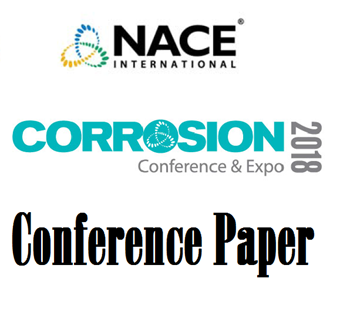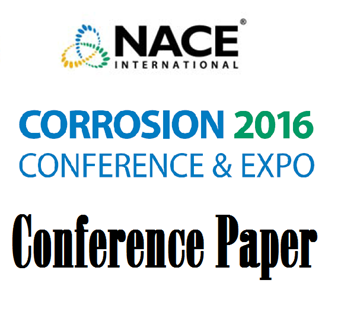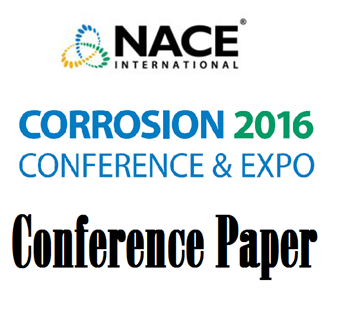Search
51318-11295-The Impact of Biocide Choice and Dosing Strategy on Successful MIC Management under Anoxic and Flowing Conditions
Also Purchased
51318-11616-High Concentration Biocide Treatment of an Oil Pipeline
Product Number:
51318-11616-SG
Publication Date:
2018
$20.00
51316-7279-Enhanced Biocide Treatment of Corrosive Biofilms
Product Number:
51316-7279-SG
ISBN:
7279 2016 CP
Publication Date:
2016
$20.00
51316-7322-Methodology for the comparative evaluation of batch biocide performance against microbial corrosion
Product Number:
51316-7322-SG
ISBN:
7322 2016 CP
Publication Date:
2016
$20.00




